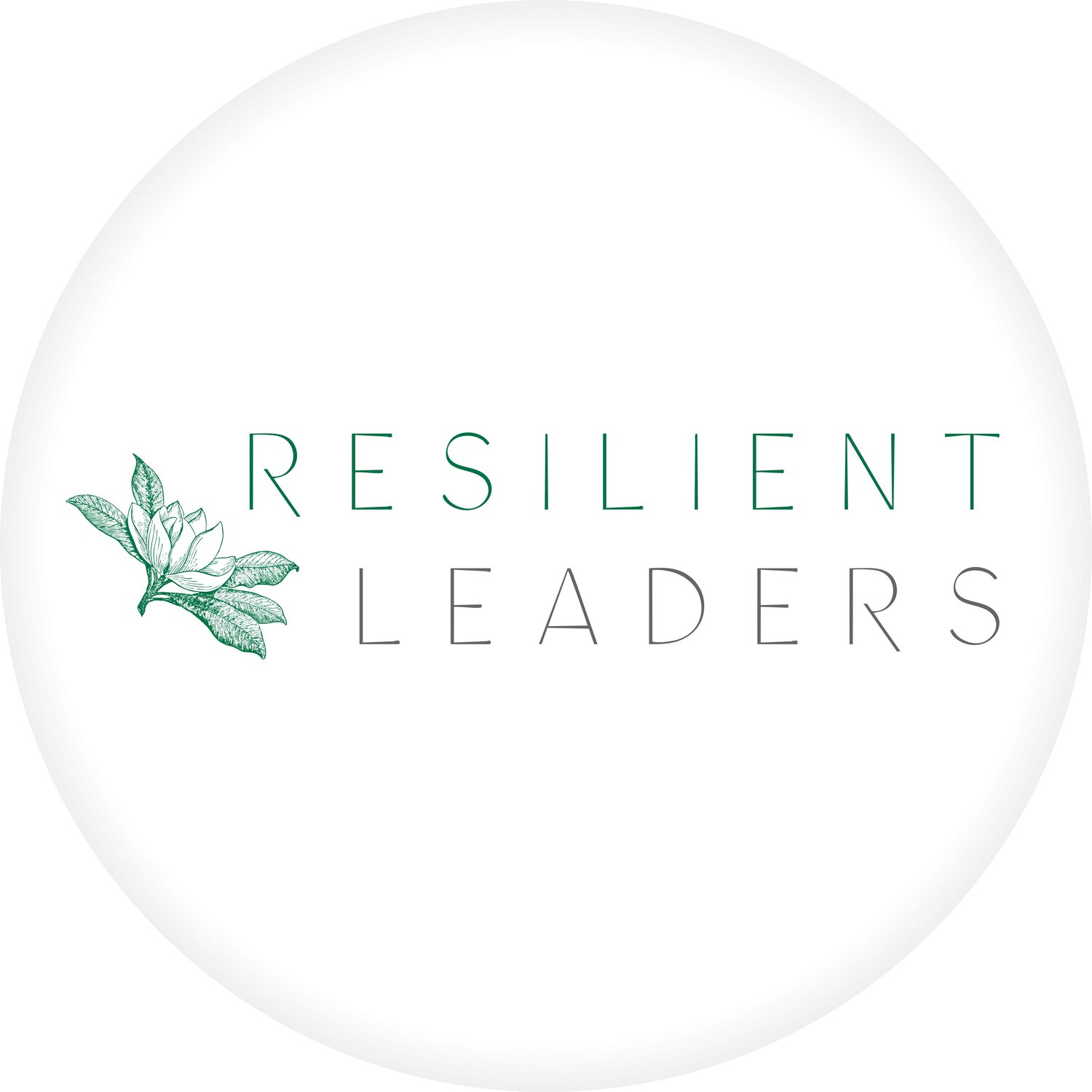Building Resilience at Work: Understanding Feedback Loops in Learning New Systems
Learning new systems can be challenging, especially when you're new to a job or taking on a new role that requires you to learn new software or tools. However, understanding feedback loops can help you build resilience and master new skills more quickly. In this guide, we'll explore the key elements of the power of habits and how they can be used to build resilience at work when learning a new system.
Critical Elements of the Power of Habits:
Cue: The first step in building a habit is establishing a cue. The cue for learning a new system might be a specific time of day, task, or environment.
Routine: The routine is the behavior you engage in after the cue. Learning a new system might include practicing a specific skill, reviewing documentation, or asking for help.
Reward: The reward is the positive outcome that reinforces the behavior. In learning a new system, the reward might be completing a task, receiving positive feedback from a colleague, or feeling a sense of accomplishment.
Feedback Loop: The feedback loop is the process by which you receive information about your behavior and use that information to adjust your habits. In learning a new system, feedback might come from a supervisor, a colleague, or your self-reflection.
Building Resilience:
Now that you understand the key elements of habit power, let's explore how they can be used to build resilience when learning a new system.
Start with a clear goal: Before learning a new system, it's essential to have a clear goal. This will help you establish a cue and develop a routine that supports your goal.
Break it down: Learning a new system can be overwhelming, but breaking it down into smaller, manageable tasks can make it more achievable. Use the cue, routine, reward, and feedback loop to reinforce each task and build momentum.
Embrace failure: Failure is an inevitable part of learning. Instead of letting failure discourage you, use it as an opportunity to learn and adjust your habits. Use the feedback loop to identify what went wrong and change your routine.
Celebrate success: Celebrating your successes, no matter how small, can help reinforce your habits and build resilience. Use the reward element of the power of habits to acknowledge your progress and motivate yourself to keep going.
Key Takeaway
By understanding the power of habits and using feedback loops to build resilience, you can master new skills and achieve success in the workplace. Remember to start with a clear goal, break it into manageable tasks, embrace failure, and celebrate success. With time and practice, you'll develop habits that will help you learn new systems and tackle any challenge that comes your way.


